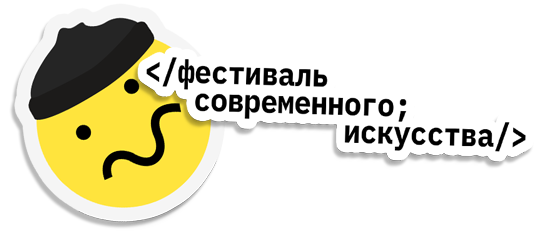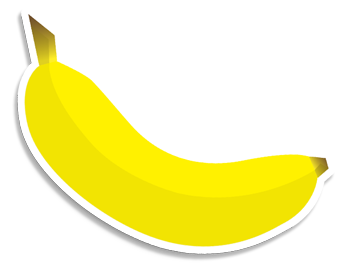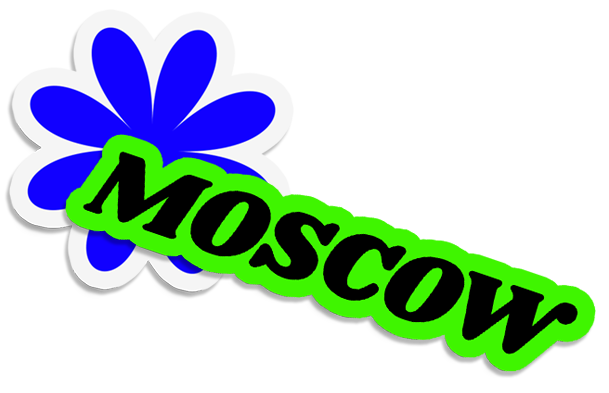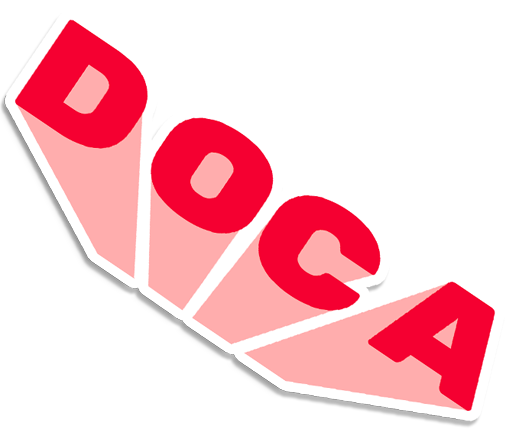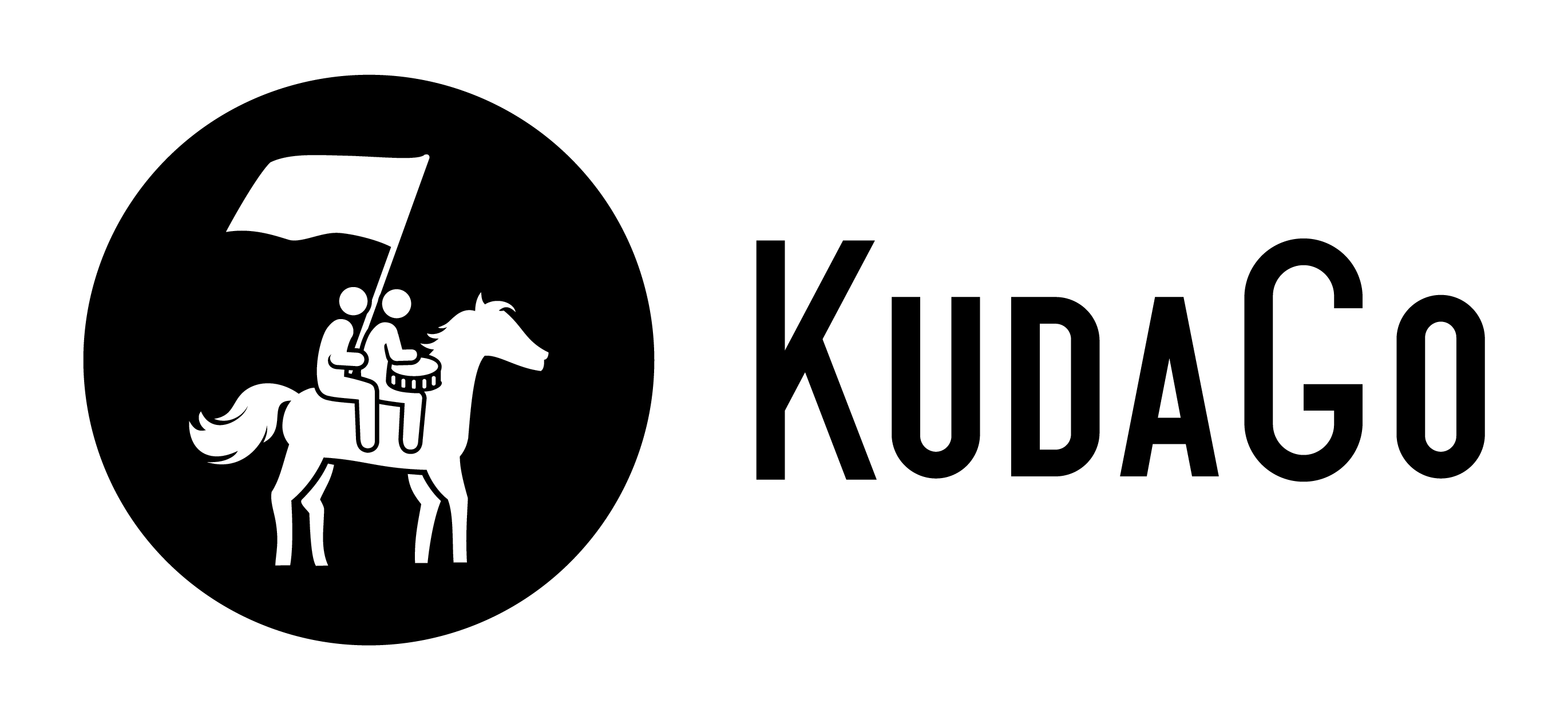|
«Свобода и модернизм художника в тоталитарном режиме: лекция Елены Воронович В прошлом году мировое сообщество с размахом отпраздновало 100-летие школы дизайна Баухаус. В этом году в России празднуется 100-летие знаменитой школы ВХУТЕМАС. Обе школы не просто повлияли на XX век, они полностью изменили наше представление об архитектуре, о пространстве для работы и жилья, о цвете, предметной среде и о многом другом. В рамках нашего фестиваля мы хотели бы уделить особое внимание концептуальным решениям этих школ. Одной из центральных фигур художественной авангардной жизни СССР 1920–1930-х годов был выпускник ВХУТЕМАСа Александр Дейнека. Художник универсального дарования, он определил стиль своего времени, а найденные им образы позднее активно использовали в живописи социалистического реализма. Его творчество оказалось основой для формирования сурового стиля, а для 2000-х – точкой особого притяжения и интереса в контексте нового понимания советского искусства. Рассказать о художнике мы пригласили искусствоведа, куратора, научного сотрудника отдела живописи первой половины ХХ в. Государственной Третьяковской галереи Елену Воронович. Большую часть своей искусствоведческой деятельности она посвятила изучению жизни и творчества Александра Дейнеки. Художник прошел со страной, в которой жил, сложный путь, застав времена экспериментов и полной свободы и время тоталитаризма и идеологической концепции. Елена представила биографию художника и рассказала, в каких обстоятельствах она складывалась и что на нее влияло. Так, мы узнали, что, получив первоначальное образование к Курске и Харькове, Дейнека прибыл в Москву практически сложившимся художником. В 1918 г. в манифесте «Искусство наших дней» он написал о том, каким он хочет видеть произведения художников революции и художников будущего: «Картины современности – сон, яркий детский сон, который разве может уложиться в рамки реальности ее фотографий. Ведь это сказки, сказки пролетариата, творящего свою яркую жизнь. Смотрите вдумчивее в души картин, и вы увидите, как ярко, как мощно в них отразилось всё, что творит пролетариат, что он созидает, что победили наши дни и искусство наше». В 1921 г. художник поступил во ВХУТЕМАС в мастерскую основоположника советской графики Владимира Фаворского. Несмотря на то что он не доучился, школа Фаворского стала для него началом формирования его собственного стиля. Именно в это время он признал главенство в работе композиции. «Композиция – это очищение сюжета от всего лишнего», – считает художник. Возможно, именно опыт ВХУТЕМАСа позволил Дейнеке стать основателем советского журнального стиля в графике. В последнее время характерно появление термина «модернизм» по отношению к советской живописи после авангарда и перед сталинским стилем. Елена представила слушателям примеры «модернистских ходов» автора. В процессе своего рассказа лектор отметила «удивительную цельность художника» независимо от политических и исторических обстоятельств. И как прекрасно он «совмещает свое собственное лирическое дарование и попадает в струю социалистического реализма». По словам искусствоведа, соцреализм Дейнеки «заряжен на позитивное ощущение», в его работах искренняя солнечная радостная жизнь. Дарование художника проявилось не только во всех видах искусства: он во многом стал создателем образа советского искусства: и в плакате, и в монументальной живописи, и в графике. По мнению исследователя, «Дейнека – живописец, Дейнека – художник-монументалист, он – скульптор, он – фигура, соизмеримая в общем, я бы сказала, с титанами Возрождения, с которыми он себя несколько ассоциировал». Пресс-секретарь DOCA Баранова Ольга |
Artist’s Liberty and Modernism in Totalitarian Regime in the Lecture of Elena Voronovich Last year, the global community celebrated the 100th anniversary of Bauhaus School of Design. This year, Russia celebrates the 100th anniversary of the renowned VKHUTEMAS school. Both schools not only significantly influenced the 20th century but also changed our picture of architecture, working and residential space, colour, the environment of objects, and many other things. Within our festival, we would like to pay special attention to the conceptual solutions of these schools. Aleksandr Deyneka, graduate of VKHUTEMAS, was one of the central figures in the artistic avant-garde life of the USSR in the 1920s and 1930s. As a universally talented artist, Mr. Deyneka defined the style of his time. The images he developed were later used in the painting of socialist realism actively. His work proved to be the basis for the formation of that severe style. It also turned out the point of special attraction and interest in the context of a new understanding of Soviet art in the 2000s. We invited Elena Voronovich, art historian, curator, researcher of the Department of Painting of the 1st Half of the 20th Century at the State Tretyakov Gallery, to tell about the artist. As an art historian, she devoted most part of her activities to studying the live and artworks of Aleksandr Deyneka. The artist underwent a difficult journey with the country he lived in. He witnessed the times of experiments and full liberty as well as totalitarian regime and ideological thinking. Ms. Voronovich managed to tell about the artist’s biography, the circumstances under which it evolved, and factors that influenced it. Thus, we know that Aleksandr Deyneka initially received education in Kursk and Kharkov and moved to Moscow being almost an established artist. In 1918, in the Art of Today manifesto, Mr. Deyneka wrote about what way he wants to see the works of revolution artists and future artists. “Paintings of our time are a dream, a child’s bright dream, which can not fit into the reality of its photographs. After all, these are fairytales of the proletariat creating its bright life. Look thoughtfully into the souls of the paintings and you will see how brightly, how powerfully everything that the proletariat creates, what has won in our days and our art, is reflected in them”, he wrote. In 1921, the artist enters VKHUTEMAS, the workshop of Vladimir Favorsky, founder of the Soviet graphics. Despite giving up studies there, Aleksandr Deyneka stated forming his own style at that very school. At that time, he recognised the main role of composition in the artwork. “Composition is the purification of the plot from everything excessive”, he believed. Perhaps it was VKHUTEMAS experience that allowed the author to become the founder of the Soviet journal style in graphics. In recent years, the term ‘modernism’ is applied in relation to Soviet painting after the avant-garde and before the Stalin-era style. Elena Voronovich presented to the audience examples of modernist techniques of the author on the example of some works. The lecturer emphasized the amazing integrity of Aleksandr Deyneka irrespective of political and historical circumstances he experienced. He could very beautifully combine his own lyrical talent and get into the stream of socialist realism. According to Ms. Voronovich, Aleksandr Deyneka’s social realism is charged with a positive feeling. One can see a sincere sunny joyful life in his pieces of art. The talent of the artist manifested itself not only in all forms of art. Aleksandr Deyneka in many respects became the creator of the image of Soviet art including posters, monumental painting, and graphics. According to the Elena Voronovich, “Deyneka is a painter, a muralist, a sculptor, and a figure co-dimensional with the titans of the Renaissance with whom he associated himself”. Olga Baranova DOCA Press Secretary |
 2020
2020



















